So you need a car and you’re wondering if you should take out a loan, and if so, how much you should borrow for your new vehicle. Or maybe you’re wondering if you should buy a new car or a used car. Choosing to take out a loan for your vehicle or deciding whether to purchase a new vehicle or a used one can have a major impact down the road, even if you can afford the monthly payments. The best way to illustrate this is through the following fictional story about three friends who graduated from high school and their journey with the cars that they would buy over the next 40 years. Just to give you a preview of the final results, one of the three friends ended up with over $400,000 more at the end of the 40 years just based on the decisions on vehicle purchases.
1984
It’s 1984 and three good friends just graduated from high school together. Thomas, Richard and Harrison had been very close friends since elementary school. Though they are better known as Tom, Dick and Harry to those who know them well. Each of them decided not to go to college, but instead go right into the workforce. They all got decent paying entry level jobs which they started after graduation making $7 an hour which was a solid wage for someone with little experience.
Each of them had to make a decision on buying their first car. Having decent jobs and still living at home, they didn’t have a lot of expenses yet. They had saved $1,000 each from part time jobs during high school which they had available to go toward their vehicle purchase.
Tom decided that since he had a good job and could afford the monthly payments, he would purchase a brand new 1984 Chevy Cavalier for $6,500. He got a 60 month loan at an interest rate of 13%. Anyone that was around in 1984 knows that interest rates were high during that time period. After putting the $1,000 down, his monthly payment was $130 once the sales tax and fees were factored in.
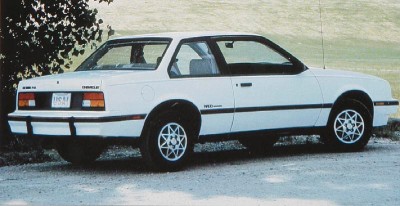
Now both Dick and Harry decided that they didn’t want to have a monthly payment and they were each able to find a decent, reliable used car for $1,000 so they were able to pay cash for their cars. They decided to set aside the money they would have spent on a car payment so they could be prepared for when they would need another car. So they each saved $130 a month for 5 years in preparation for their next car which with interest gave them a total of $9,118 each in their bank accounts to go toward the next car. It definitely helped that interest rates were high during this period to help their savings grow a little faster.
1989
Fast forward 5 years to 1989. Tom, Dick and Harry had moved forward in their careers and were able to increase their income. Tom has just paid the last payment on his car and both Dick and Harry’s cars were at the point of needing to be replaced. Even though Tom’s car was still running well and was in good condition, he figured that he wanted a new one since he had his first car paid off. He decided to get a new Honda Civic as he found one he liked for $9,000. He actually sold his Chevy Cavalier to Harry for $3,000, so he was able to use that money as a down payment on the new car. This way he got more for it than trading it in. So he once again had a monthly car payment of $130 for 60 months. Even though his loan amount was a little higher, his payment didn’t go up because interest rates had come down some by 1989.
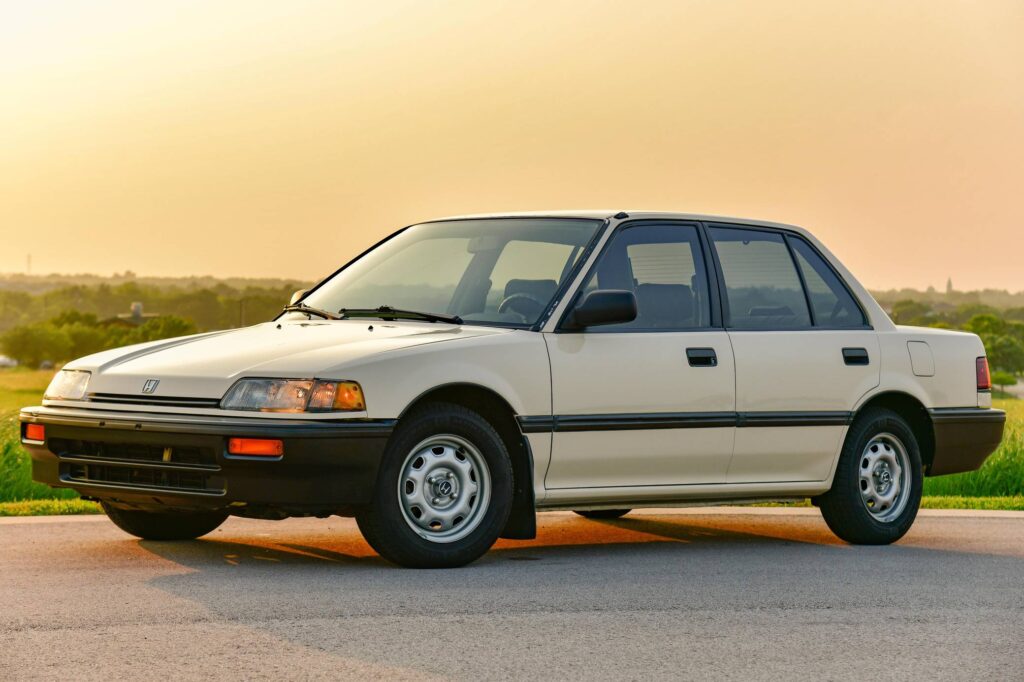
Now Dick was kind of tired of driving an old beater car, and seeing that Tom had gotten a nice vehicle and Dick had enough cash to get one just like it, he used most of the cash that he had saved over the 5 years to pay cash for a new Honda Civic just like Toms. He continued to save the $130 a month because he knew that cars don’t last forever and he was enjoying being able to pay cash for the car and not having a monthly car payment. So he had $118 left of his car fund left to start saving for the next one.
As mentioned, Harry had bought Toms previous car for $3,000 so he still had $6,118 left in his car fund which he just kept adding $130 a month to because he was enjoying seeing the savings grow over time.
1994
In the next 5 years, they each had gotten married and had two young children each. So their needs for a vehicle changed quite a bit. Tom had grown accustomed to driving a new vehicle, so once his car loan was paid off, he decided his young family needed a larger vehicle and of course it had to be a new one. It would be a stretch for the budget since he had higher expenses now due to having a family to provide for. He decided on a new Dodge Caravan to have room for his family. The price was $16,000, but he was able to sell his 1989 Honda Civic for $4,500. So he took out a loan of $11,500. Fortunately interest rates had come down significantly by 1994. His new monthly loan payment was $212 for 60 months.
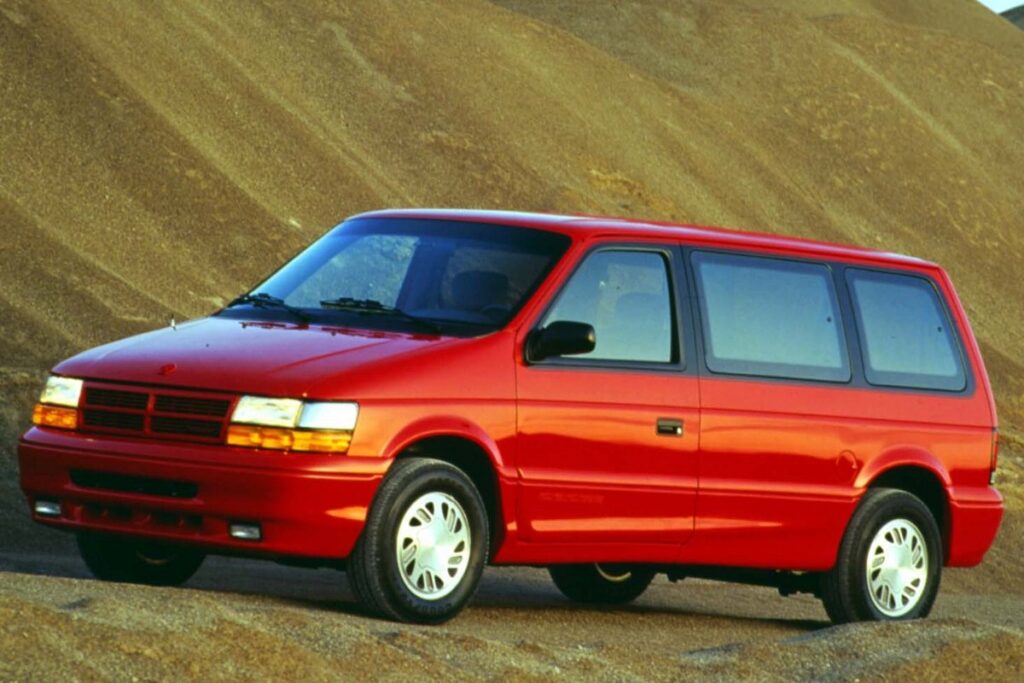
Dick had saved up $9,200 in his car savings account over the last five years and also decided to get a different vehicle. He was also able to sell his five year old car for $4,500. So he didn’t have enough to buy for cash the same vehicle that Tom got, but he was able to pay cash for a one year old Dodge Caravan for $12,700 and had $1,000 left over to continue his savings. Dick decided to increase his monthly savings to $212 which matches Tom’s monthly loan payment.
Harry’s car savings account had grown to $17,220. He also decided to get a Caravan, but he purchased a 5 year old model for $5,000. He was also able to sell his Honda Civic for $2,000 to go toward his van. This left him with $14,220 in his savings. Harry also increased the amount he was putting into his vehicle savings to $212 a month at this point.
1999
Moving forward another 5 years to 1999. Tom was now in a regular cycle of getting a new vehicle every five years, so why change things now. He really liked his Dodge Caravan, but decided to go with the model that was a little larger, the Grand Caravan. In 1999, a new Grand Caravan was $22,000. He was able to sell his current vehicle for $7,000. In fact, he ended up selling it to his friend Harry. So his new loan amount of $15,000 for 5 years ended up having a monthly payment of $290.
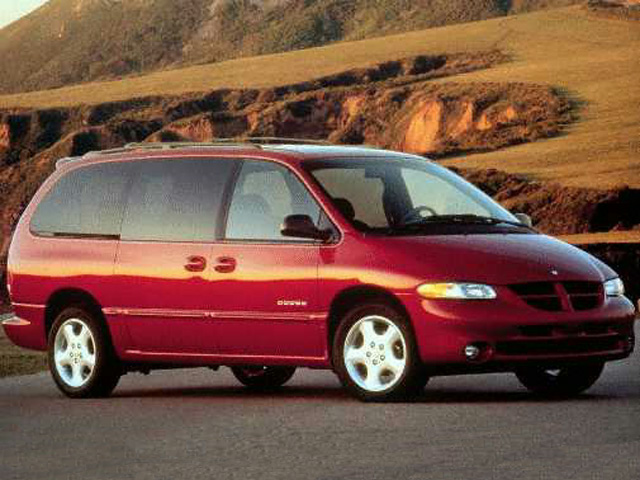
Dick also continued his trend of replacing his vehicle after 5 years. He was able to sell his Caravan for $6,500 since it was a year older than Toms. His savings had grown to be $15,652 and with the money he got from selling his Caravan he had just a little more than he needed to also get a new Grand Caravan. But he did feel good about still being able to pay cash and saving the interest. He increased his monthly savings amount to $290.
Harry was doing really well with his savings at this point. His vehicle savings account had grown to be $32,525. After buying Tom’s Caravan for $7,000 and selling his current vehicle for $3,000, he was left with $28,525 in his savings. He also increased his monthly savings amount to $290. He started moving some of this money into an account where he could get better returns, especially since interest rates were coming down.
2004
The year 2004 has arrived and it has been 20 years since the trio of friends graduated from high school. As the pattern has gone, it is time for Tom to get another new vehicle. He decided to get an SUV this go around and chose a new Ford Explorer which he was able to get for $24,000. After selling his Grand Caravan for $9,000 he took out a loan for the additional $15,000, so he was fortunate that his monthly payment stayed the same for another 5 year loan.
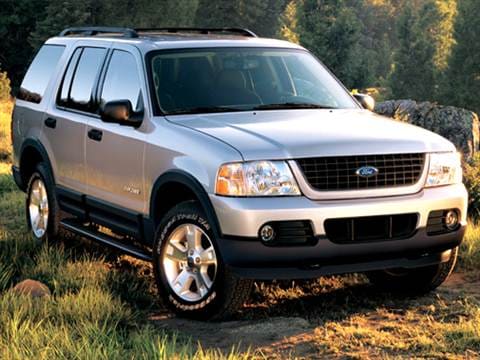
Dick’s savings had grown to be $20,354 and he was also able to sell his 5 year old Grand Caravan for $9,000 which gave him more than enough to get the same new vehicle that Tom had gotten with $5,354 leftover. Dick continued to save $290 monthly to keep his account growing.
Harry’s car fund was really starting to see some significant growth. With the amount he had and what he was putting in each month, the total had reached $58,323. He sold his Grand Caravan for $4,000 and found a 5 year old Ford Explorer for $8,000 which left him with $54,323 to continue building on.
2009
2009 rolled around and the economy was struggling from the housing crisis from the previous year. But all three men still had stable jobs with slightly above average pay. Tom had enjoyed his Ford Explorer so decided to get a new one. He sold his 2004 model for $10,000 to go toward his new one. Prices had gone up quite a bit on vehicles in the last five years so the new model cost him $30,000. So he took out a $20,000 loan with a monthly payment amount of $380 for five years.
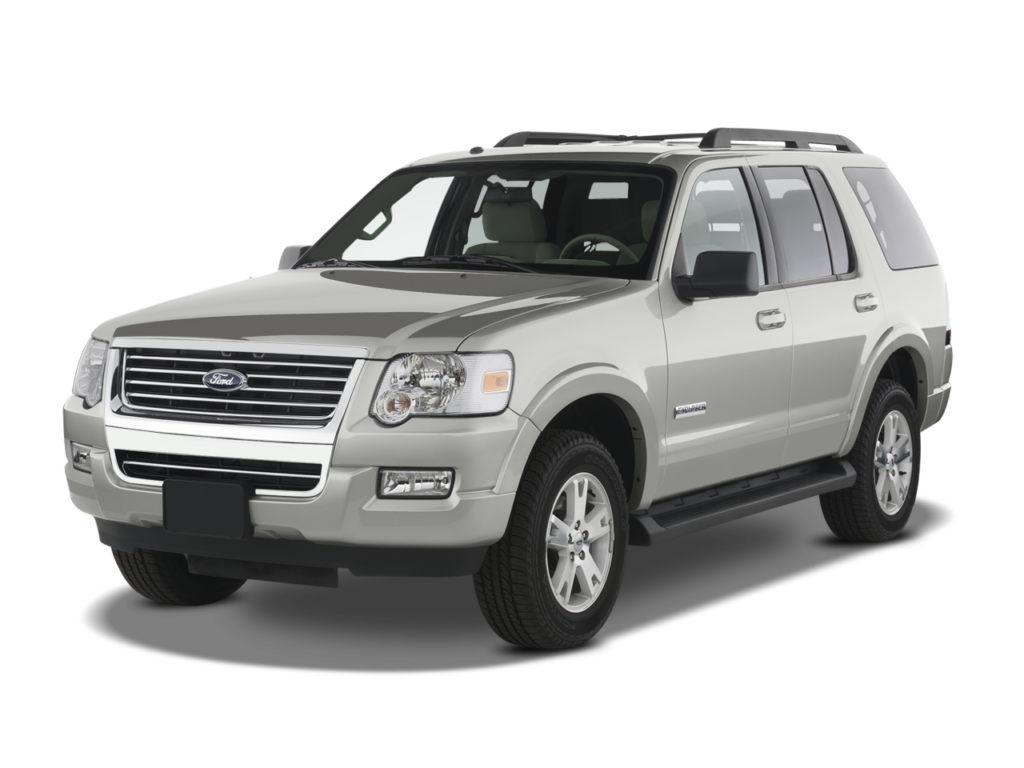
Dick also sold his five year old vehicle for $10,000 and put that toward a new Ford Explorer just like Toms. His savings had grown to be $28,156 so he had enough to pay cash for the new SUV with $8,156 leftover. He adjusted his monthly savings amount to $380.
By this time Harry had accumulated over $100,000 in his car account, $100,972 to be exact. He sold his 10 year old Ford Explorer for $5,000 to add to it. He found a newer, five year old Explorer which he was able to get for $11,000 which left him $94,972 in his account. Harry also adjusted his saving amount to match the other two. As you can see up to this point, the difference in savings for Harry compared to Tom is becoming quite significant. Though the biggest difference is yet to come.
2014
Five years later in 2014, the kids of all 3 of these men were grown and out on their own. Tom wanted a pickup truck as that seemed to be what most of his friends had. He sold his Explorer for $13,000 which he would put toward a new Ford F-150 pickup truck which had a price of $27,000 so he took out a loan for $14,000 with a monthly payment of $265 for five years.
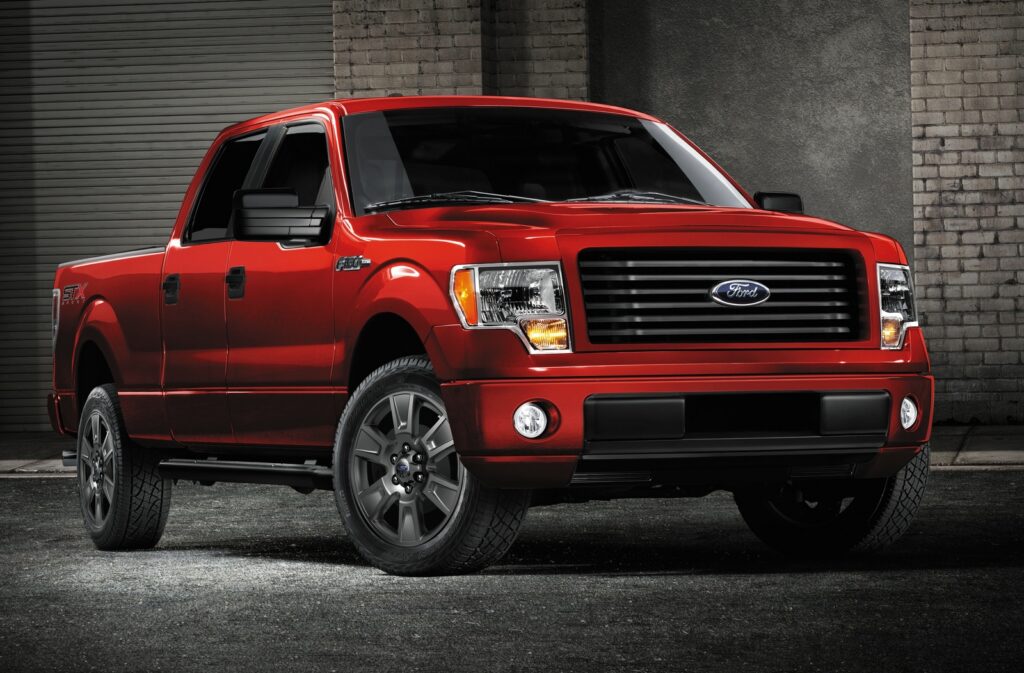
Dick was doing relatively well with his savings. It certainly has helped that he hasn’t had to pay interest on a loan, plus he’s made interest on the money he’s been putting aside to save for his next vehicle. At this point his savings is up to $36,178 and having added the $13,000 he was able to sell his Explorer for, he had plenty for his next vehicle with some leftover. Dick also wanted a pickup truck so he spent $27,000 of the $49,178 that he had on a new Ford F-150, leaving him $22,178 left in his account. He also adjusted his monthly savings amount to $265 to match the monthly payment that Tom was paying.
Harry now had $167,263 in his vehicle savings as he was a able to get a better return on some of the money since he was able to invest in higher return investments because he was not needing to rely on it for a future vehicle. He sold his Explorer for $8,000. He also liked the idea of having a truck, but again, purchased a five year old F-150 model at the price of $11,000 leaving him $164,263 in savings. Harry also adjusted his monthly savings amount to $265.
2019
Getting close to current times we are up to the year 2019. After having the truck for 5 years Tom decided he wanted to go back to an SUV. He sold the truck he had for $12,000 and put that toward a new Chevy Traverse which had a price of $35,000. So his loan amount was $23,000 with a monthly payment of $430 for five years.
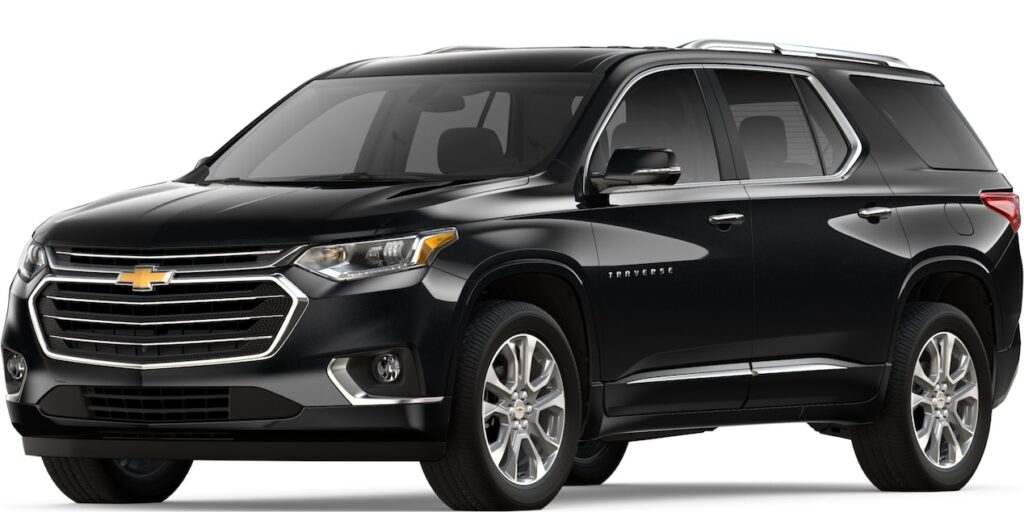
Dick’s savings had reached $44,520, plus was also able to get $12,000 from selling his truck. He also purchased a new Traverse for $35,000 leaving him $21,520 in his account. He increased his monthly savings amount to $430.
Harry’s vehicle savings had grown to be $260,686. He sold his truck for $9,000 and found a five year old Traverse for $16,000 leaving him $253,686 in his savings account. Since he had also gotten a raise, he was able to increase his monthly savings amount to $430.
2024
Five years later, we have arrived at the end of our 40 year story so we can see and compare how each of the three came out. Tom paid off his Traverse and had been faithful in making 40 years of loan payments for brand new vehicles every 5 years. He of course had no savings from his vehicle purchases compared to Dick and Tom.
Dick also owned a 5 year old Traverse, but he had $50,857 in his vehicle savings account which was more than $50,000 ahead of Tom. Dick also had a new or almost new vehicle every 5 years, except the main difference was that the first vehicle he bought with the cash he had instead of taking out a loan and continued to pay cash for his vehicles since he was putting the money aside each month to prepare for it.
Harry was very pleased with his journey since he currently had $404,114 in his vehicle savings. That would be a very nice addition to the funds he had when the time came for him to retire in a few short years. And since he was still planning on working for another 7 years he should be able to double his account in that 7 years with a 10% annual return on his money without having to add any more money to it which would give him $808,228 to go toward his retirement at the age of 65.
Now this illustration is only showing the difference with decisions made in one area of their budget. When this type of difference is applied to other areas of their finances, you can see how much making wise choices can have a huge impact in your overall future financial situation.
Obviously each person has to choose what to do when they are asking, “Should I take out a loan for a car?”, but being able to see the possible outcome can help to make a more informed decision on choices such as vehicle purchases. There are a lot of other factors that could change the outcome even more. For example, if you were to purchase five year old vehicles and keep them for more than five years, that would make a difference also in the final outcome. Or if Tom had kept his vehicles for one or two years after paying off the loan and saved up more before replacing them, he would have more money saved. There are numerous variations that could be considered with different outcomes.
